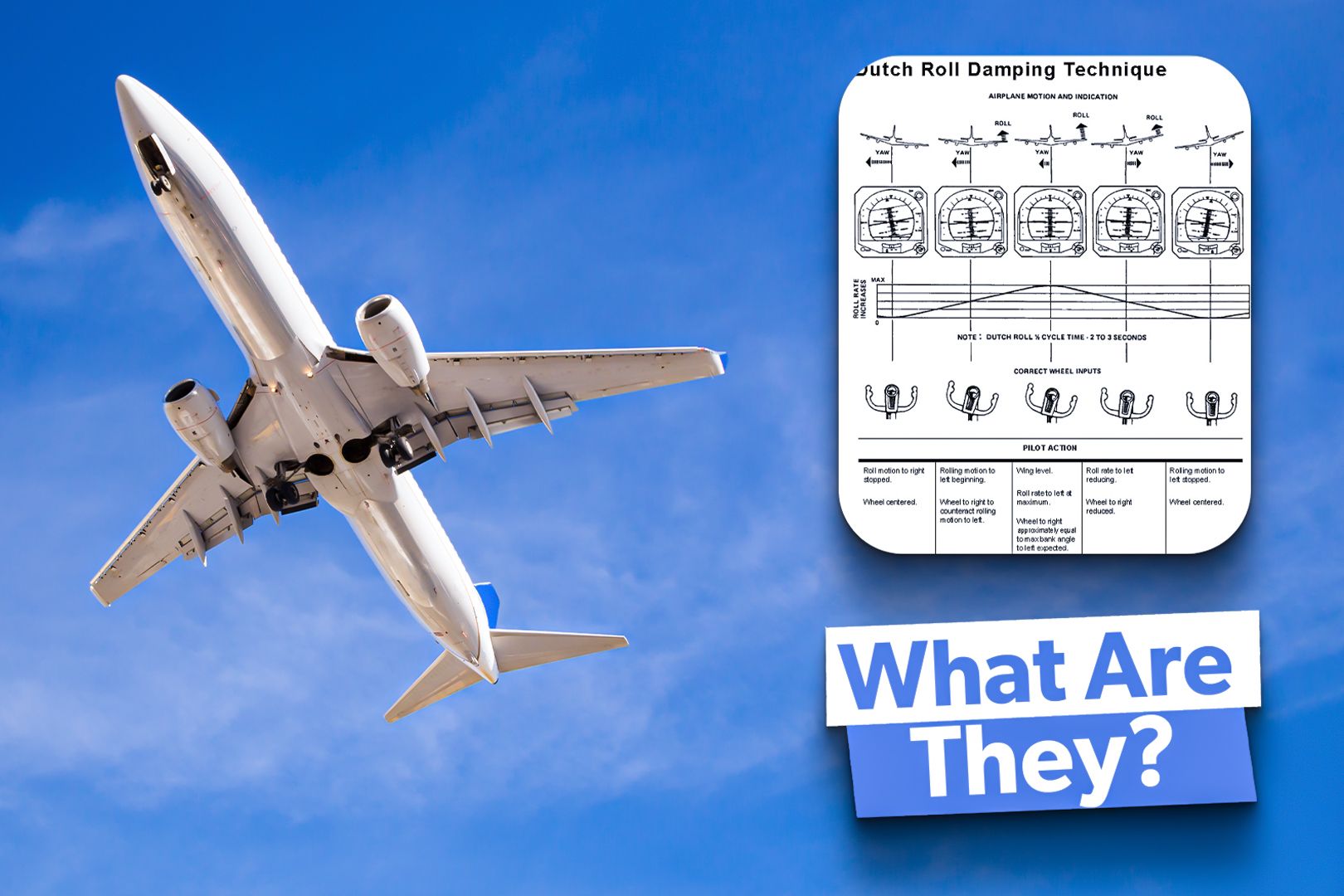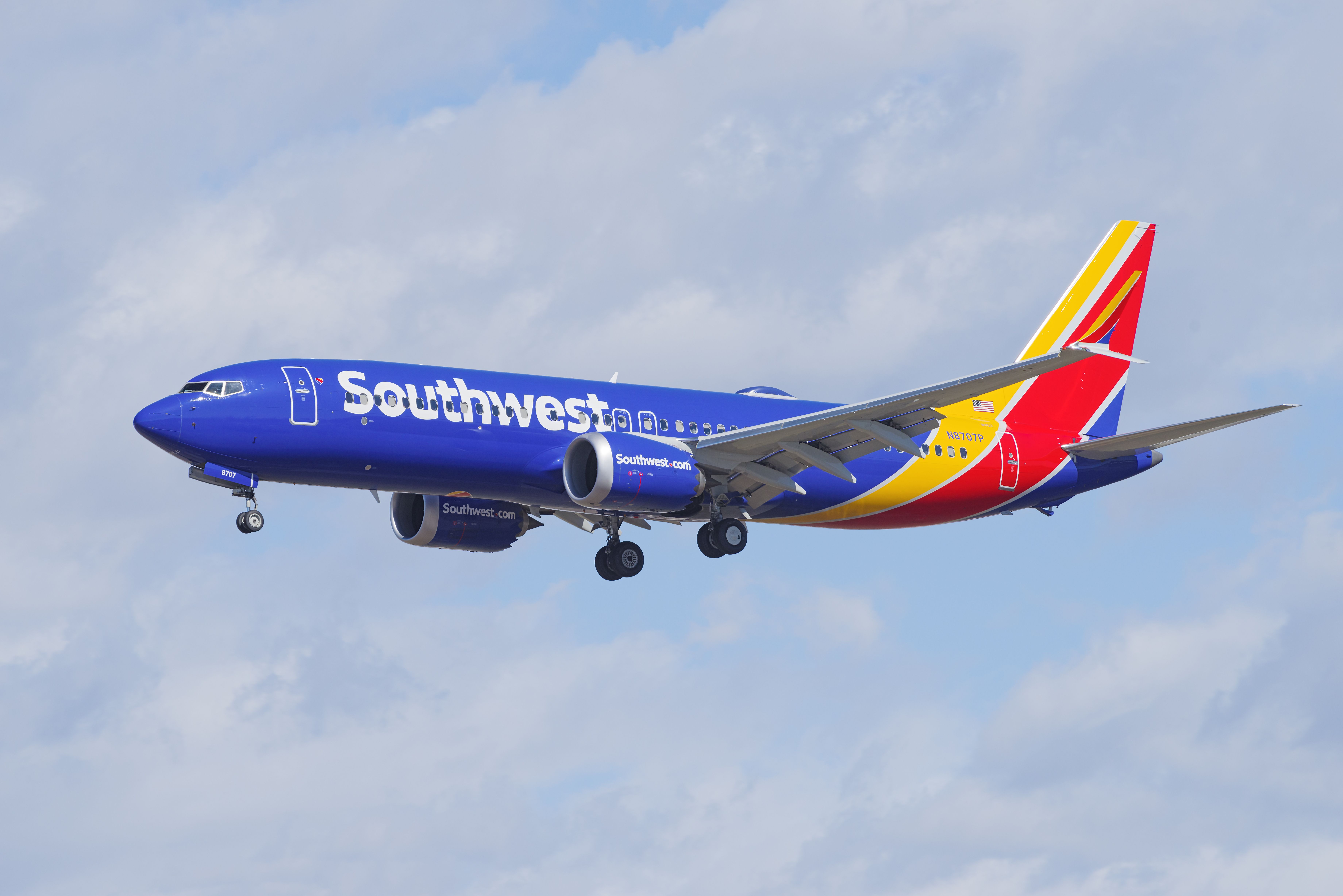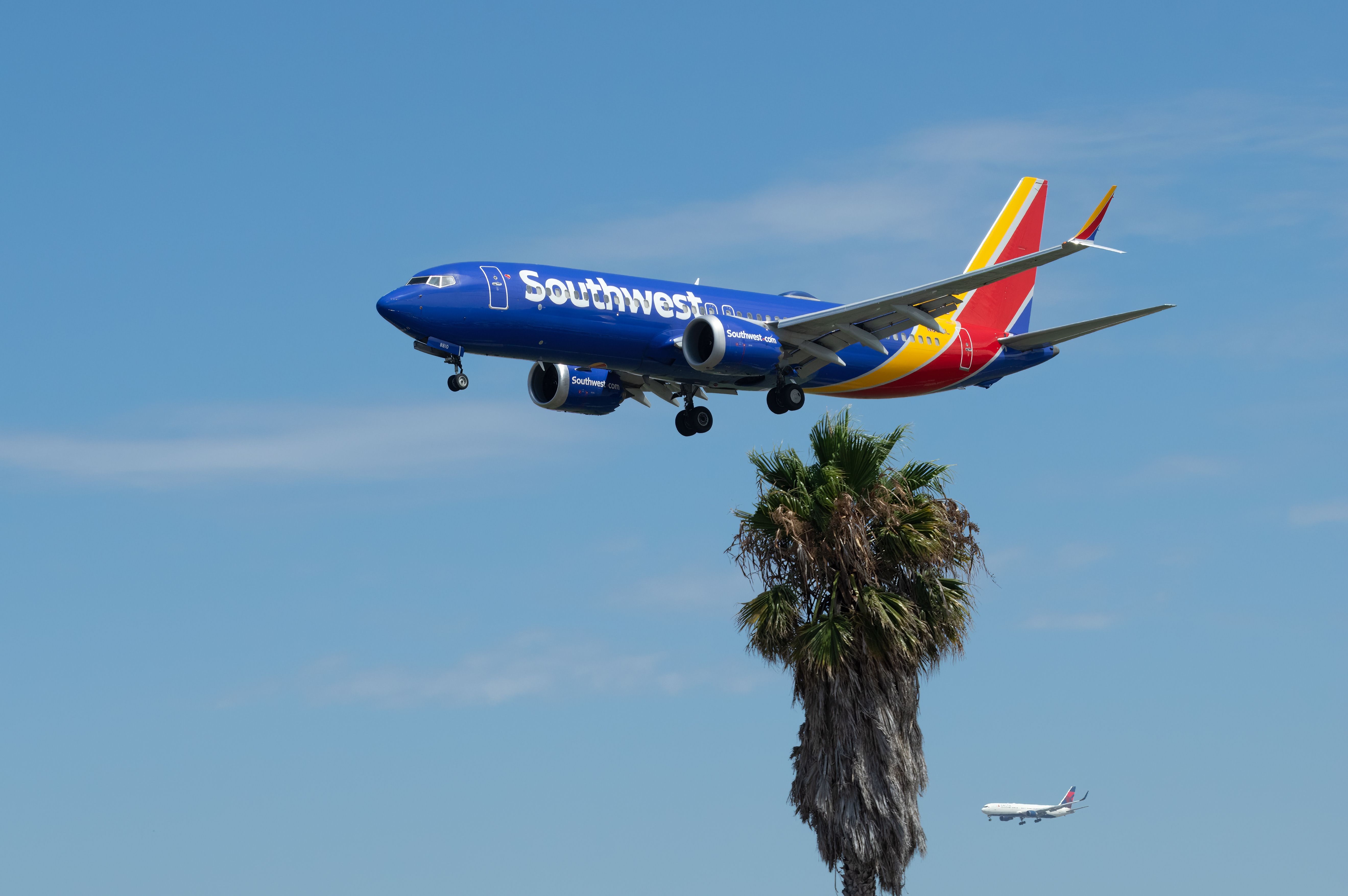Summary
- The NTSB’s ongoing investigation of a Southwest Airlines Dutch roll incident reveals a damaged rudder system on the Boeing 737 MAX 8 aircraft.
- The incident involved a Dutch roll mid-flight, but the plane landed safely.
- Multiple recent incidents are under investigation involving Southwest Airlines flights.
The ongoing investigation into the Southwest Boeing 737 Dutch roll incident has revealed structural damage to the rudder system on the airplane. The carrier is under investigation for multiple incidents this year, including two of its flights flying too low before landing at their destinations.
Damaged rudder system
The National Transportation Safety Board is currently investigating a Southwest Airlines Dutch roll incident in May and has revealed that the plane’s rudder system was found damaged. The aircraft had undergone “A Core Check” overnight after landing at Houston’s William P Hobby Airport (HOU) on May 23. No anomalies were found in the Boeing 737’s rudder during the checks.
Photo: Angel DiBilio | Shutterstock
However, the NTSB, in its report, mentions that according to data, the anomalous behavior of the rudder system began on the first flight after that scheduled maintenance. After the aircraft experienced the Dutch roll mid-flight on May 25, it landed safely at its destination. The NTSB further details,
“After arriving at the gate, the aircraft was met by SWA maintenance, and the airpoance was removed from service. Post-incident troubleshooting and inspection of the airplane was accomplished by SWA maintenance. The examination revealed damage to the vertical stabilizer trailing edge ribs above and below the standby rudder power control unit (PCU). The damage to the stabilizer ribs adversely affects the structural strength of the fitting and is considered substantial damage.”
What happened during the flight?
On May 25, Southwest Airlines flight 746 was flying from Phoenix, Arizona to Oakland, California. The captain was the pilot flying, and the first officer (FO) was the pilot monitoring. According to the NTSB, the captain recalls reviewing the logbook that recorded a yaw damper discrepancy described as “the yaw damper over-correcting in flight”

Related
What Is A Dutch Roll In Aviation & Why Are They Dangerous?
A name with obscure origins, the Dutch roll has led to several accidents.
When the aircraft was cleared for takeoff, the captain noticed momentary stiffness in the rudder pedals after switching to rudder pedal steering. The departure from Phoenix and the climb to cruise altitude of 34,000 was uneventful.
But shortly after that, the 737 began experiencing “a small amount of Dutch roll,” which was stable, more noticeable in frequency, with only a slight amount of yaw. However, the autopilot remained engaged throughout the event. The first officer described it as a
“strange movement of the tail of the airplane back and forth, coupled with very slight rudder movement left and right. The tail movement was noticeable, but not excessive, and I remember my first thought being this is some odd light chop.”
The pilots informed the ATC and descended to 32,000 feet, where they faced similar flight conditions. Eventually, the 737 landed in Oakland without any incident.
Photo: Angel DiBilio | Shutterstock
Other incidents
Southwest is currently undergoing investigations for some other recent incidents as well, including one of its Boeing 737s descending to almost 500 feet nine miles away from Oklahoma City’s Will Rogers World Airport.
Previous to that, another one of the carrier’s planes had come within 400 feet of the ocean while approaching Lihue Airport. Recently, Southwest was also in the news after one of its planes departed from a closed runway at Portland International Jetport. Thankfully, the aircraft was able to conduct a safe flight after that and landed safely at its destination.



